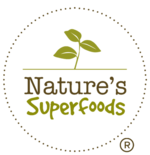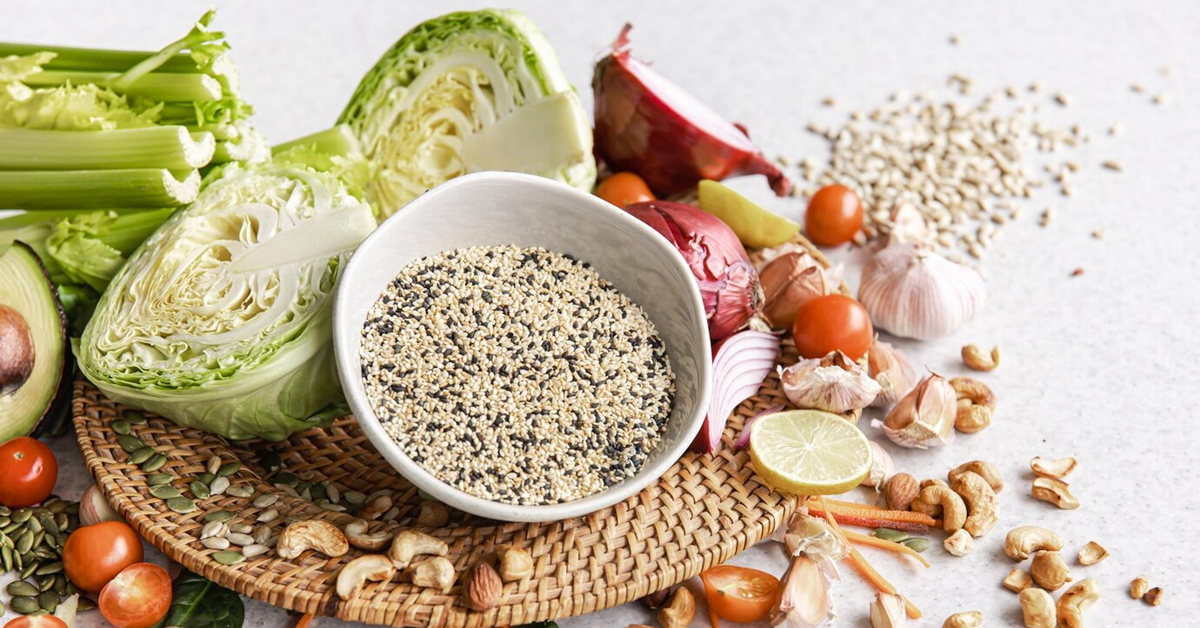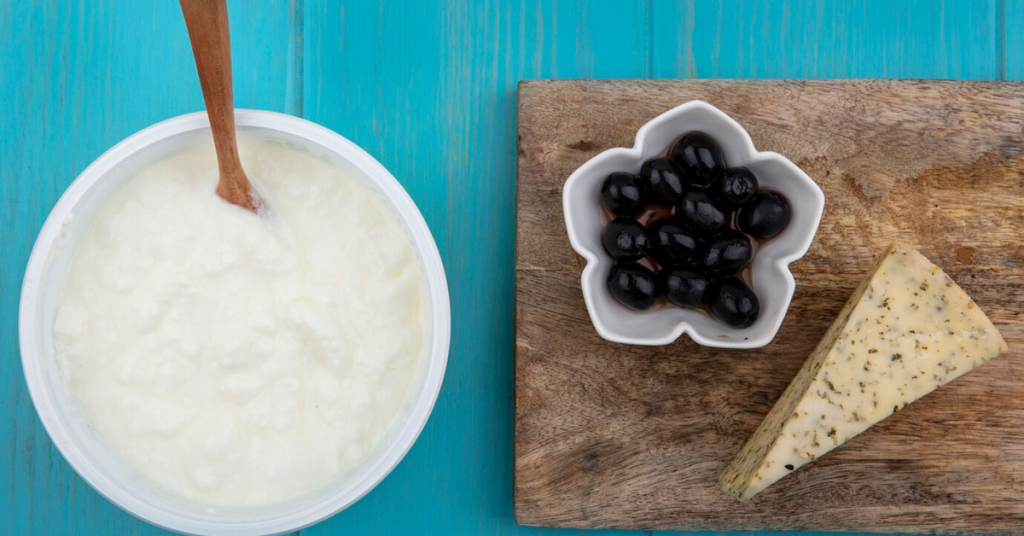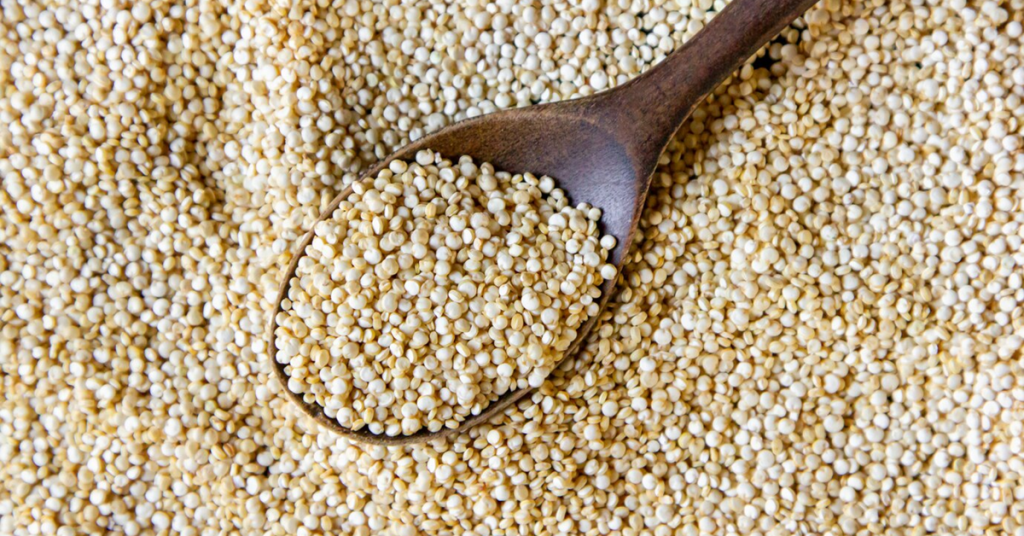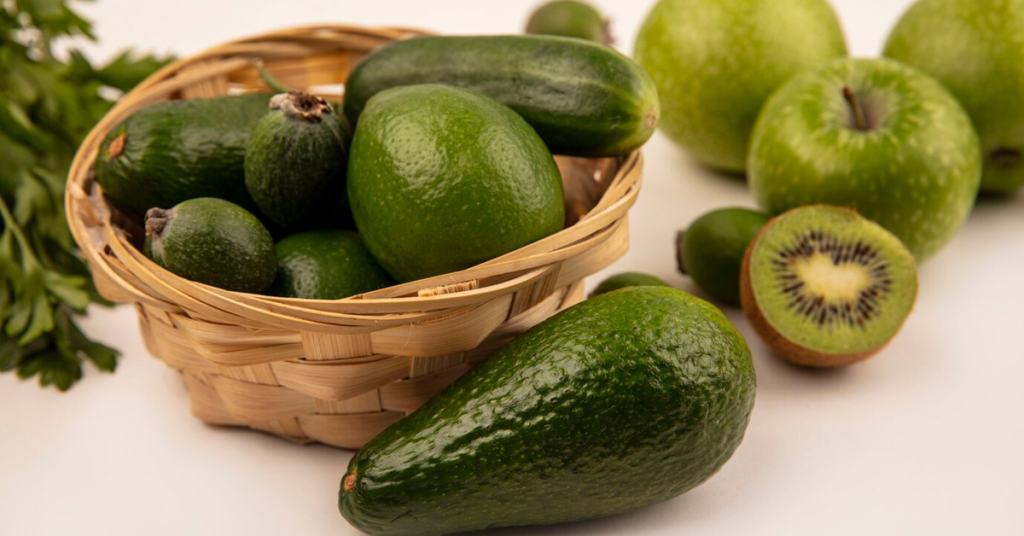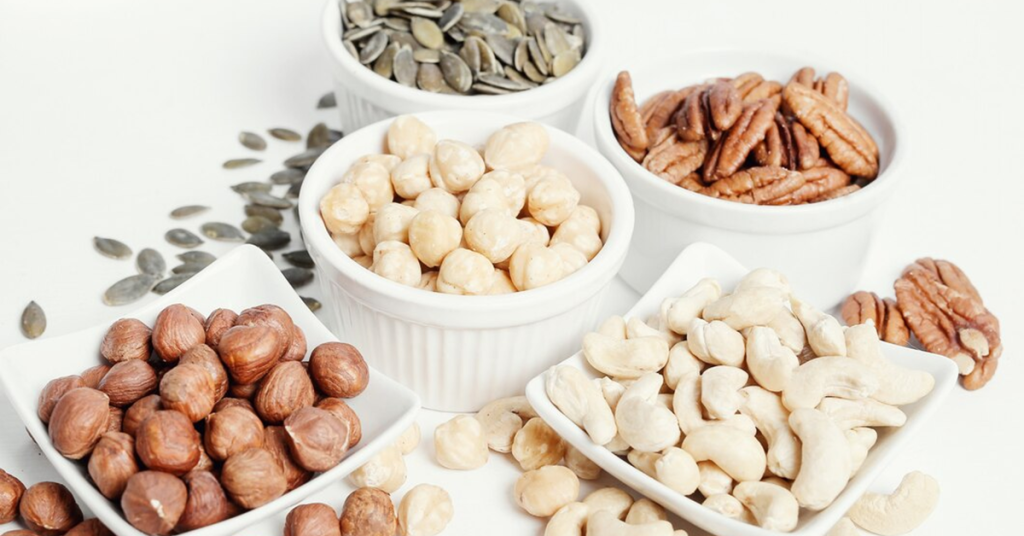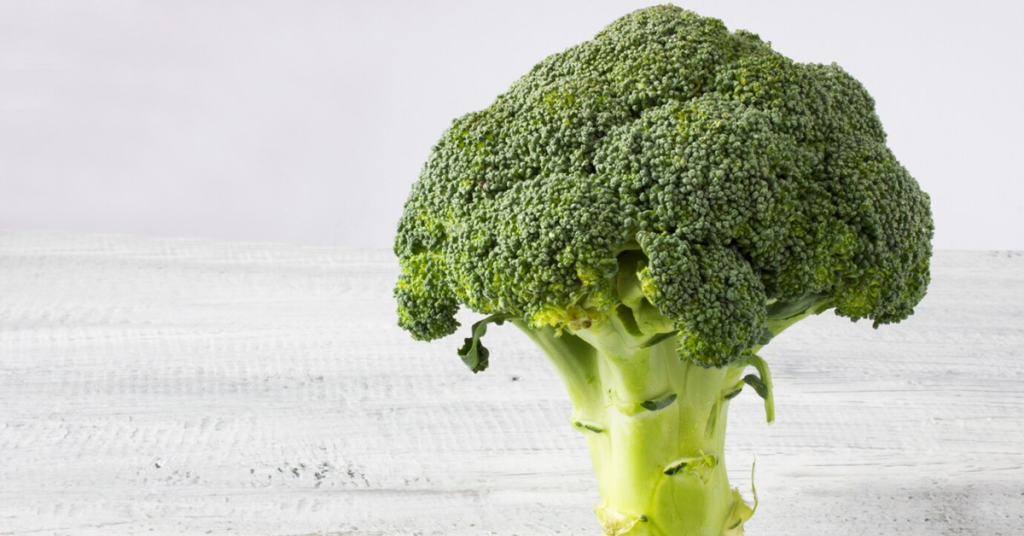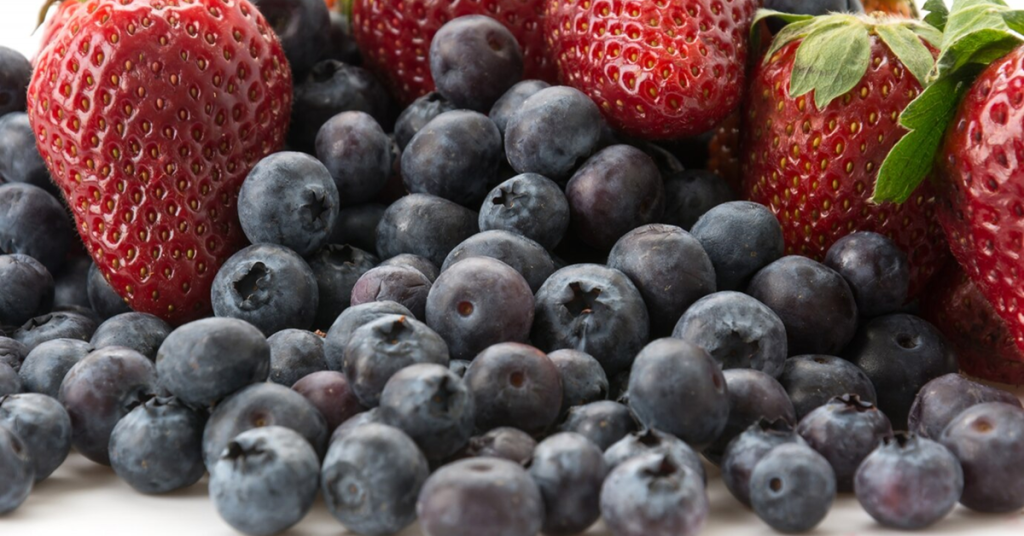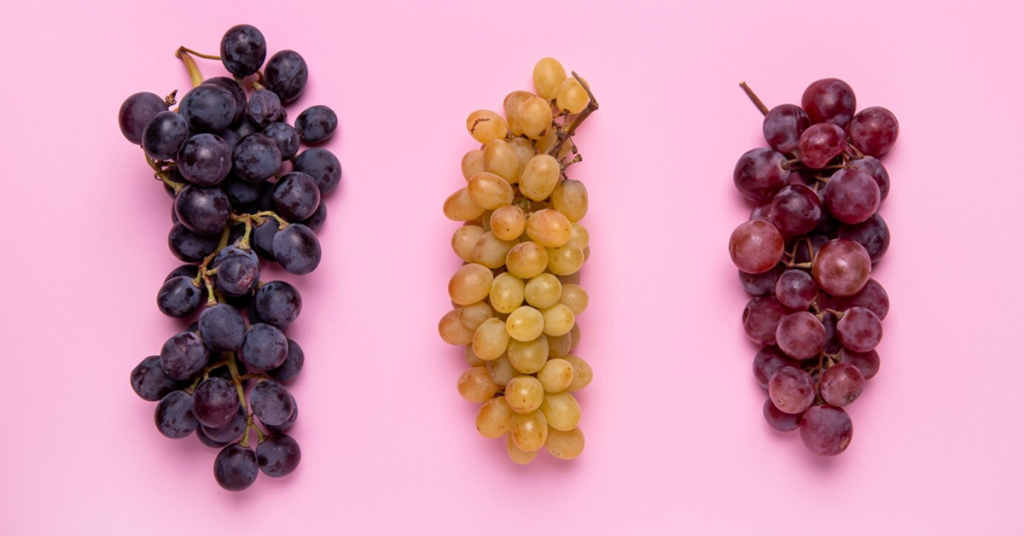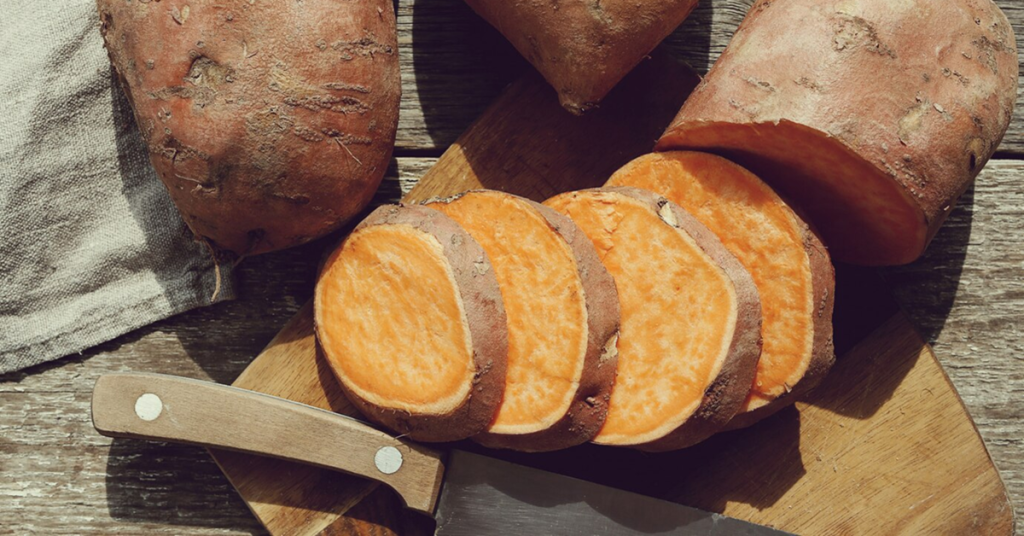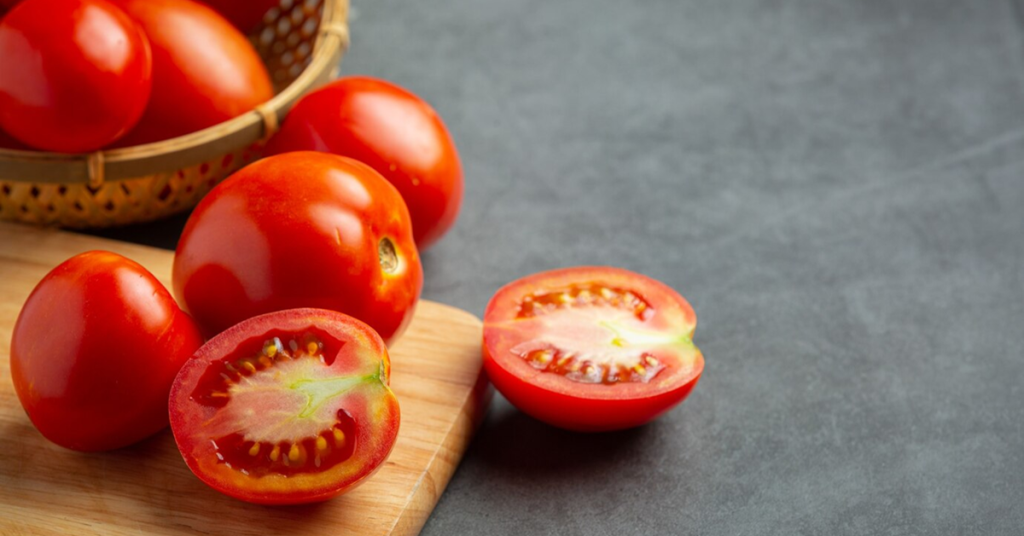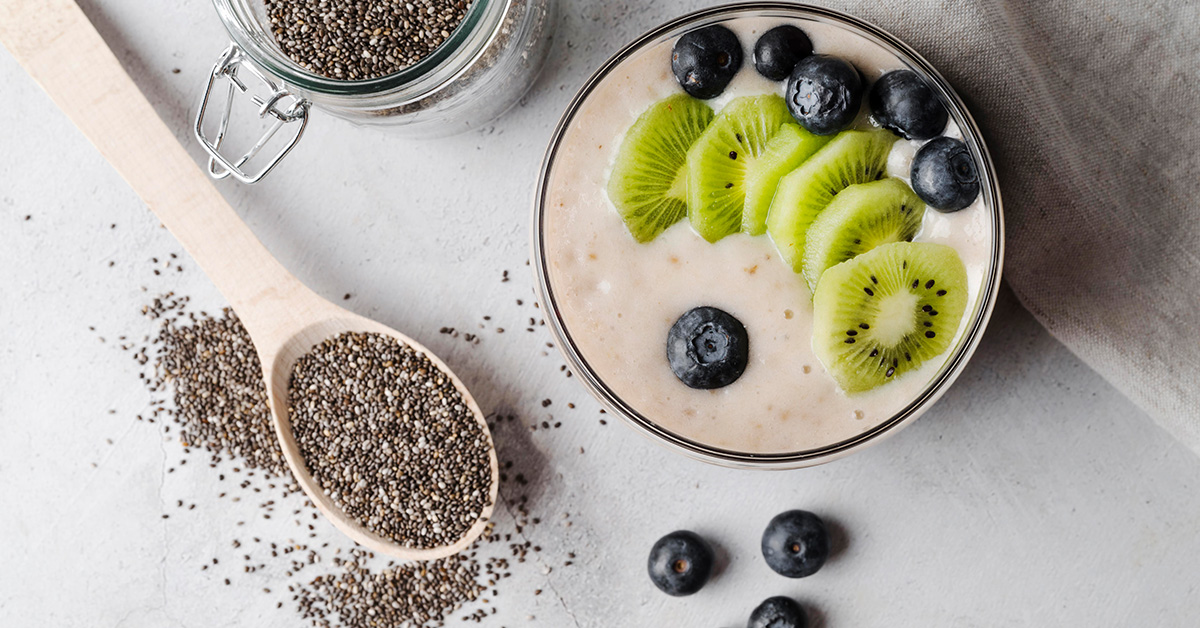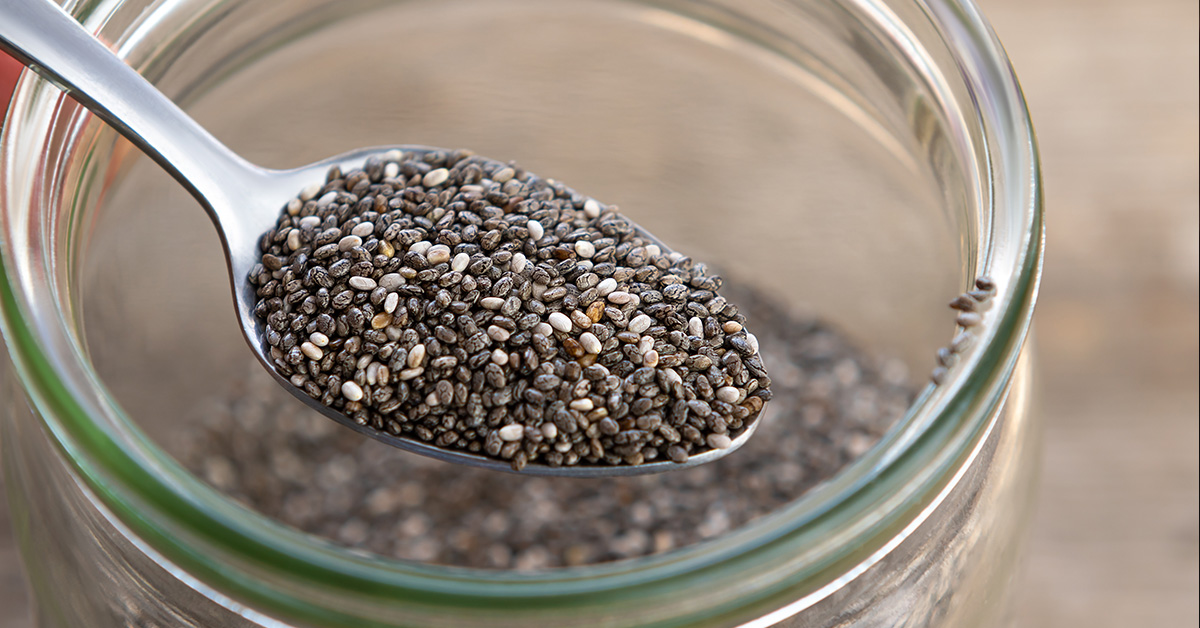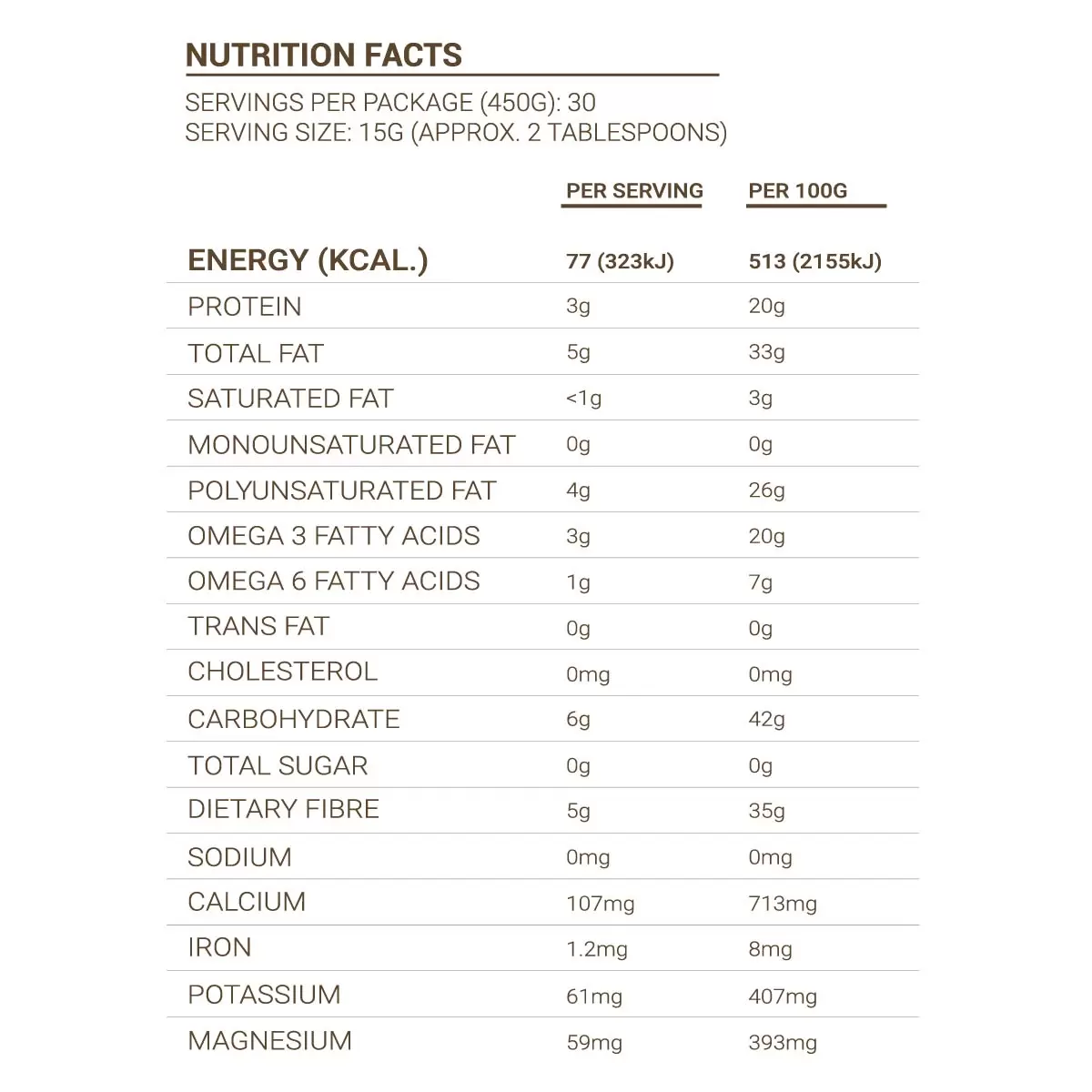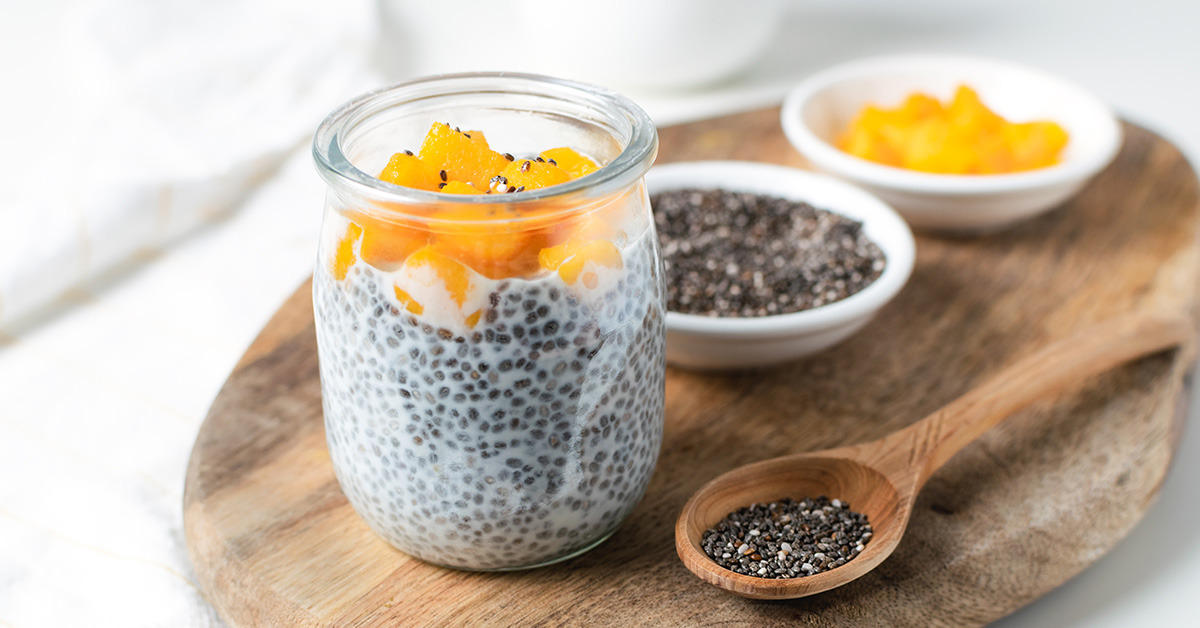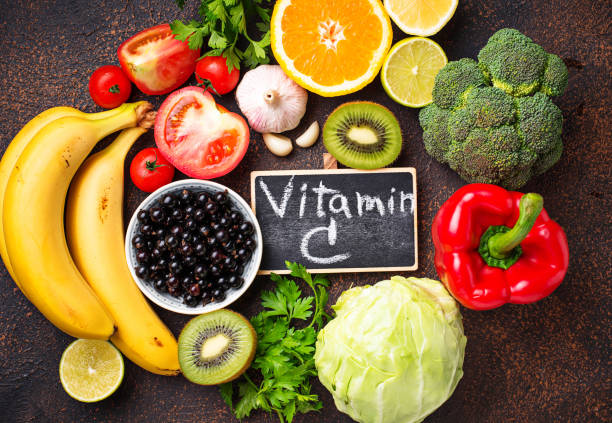-
No products in the cart.
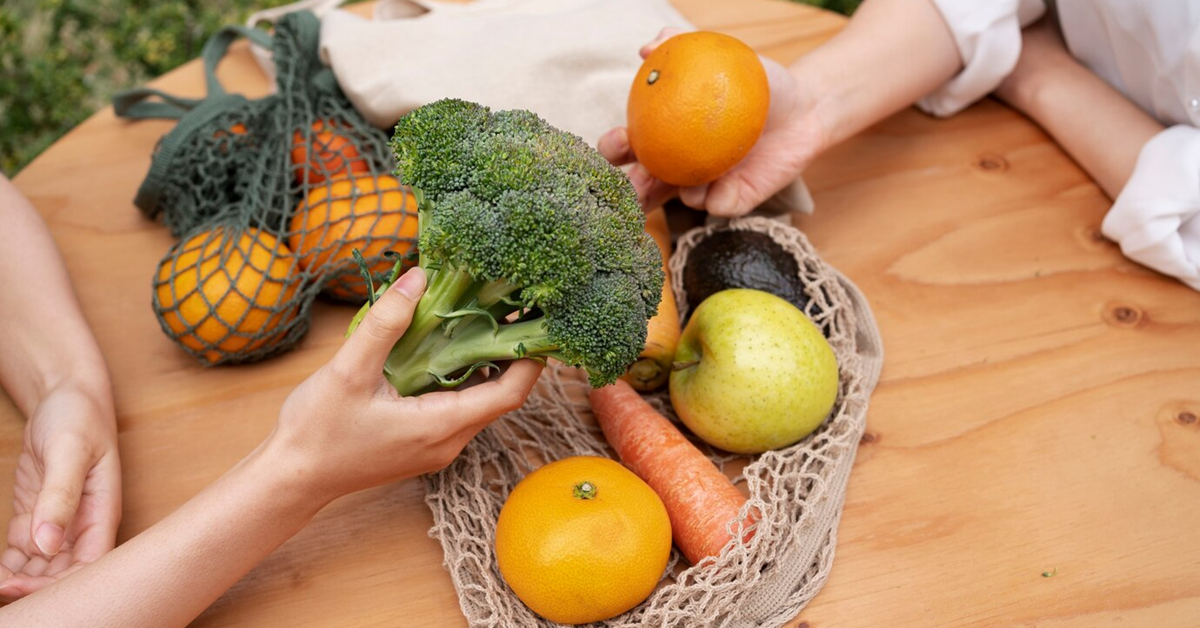
Why Choose Organic?

As the world evolves, many people are looking for ways to live healthier while also trying to minimise the environmental impact. Organic food is produced naturally without pesticides or chemical fertilisers, which can also harm the environment. Learn more about what is organic food, its benefits, and the key differences between non-organic food below!
What Is Organic Food?
Organic food is grown and produced without harmful fertilisers, chemicals, genetically modified organisms (GMOs), and other artificial additives. Organic food includes various products such as meat, dairy, fresh produce, processed food, cooking ingredients, and many more.
What Makes Food Organic?
The food is considered organic if they have gone through organic farming, which differs from how non-organic food is grown. Organic farming doesn’t include any artificial fertilisers or chemicals in the soil, and no pesticides are applied to the produce to prevent pests. This means that no synthetic chemicals are used when producing organic food. Thus minimising health implications when consumed as there are lower chemical levels.
Producing organic food maintains sustainable solutions as no harm will be caused to the biodiversity or ecosystem. Organic food promotes eco-friendly food production, lowering the negative impact on the environment.
Organic food obtains the non-GMO (Genetically Modified Organism) status as it is produced without using genetically engineered ingredients. Therefore, the non-GMO status of food products is known to be natural and free from any form of genetic alteration.
What Is Organic Farming?
Organic farming involves fewer chemicals, such as artificial fertilisers, being applied to the produce and soil. This makes it environmentally friendly as it won’t cause harm to the ecosystem by producing less greenhouse gas emissions. Organic farming also requires less water, so fewer resources are used.
Additionally, organic farming creates a positive environment for animals. They are not kept in cages and can roam around the farm. Thus enabling a natural, free-range environment and reducing stress for animals.
What Is A USDA Organic Label?
The USDA Organic label is a certification in the United States that is aligned with the federal guidelines and standards to ensure the integrity of organic food. The farmers must follow the rules based on soil quality, food processing, pest management, and livestock care tips.
For producers to receive the USDA organic certification, they have to go through a thorough verification process. This includes inspection of the farms, documentation, and protocols. The products can be labelled organic once the producers pass the verification checks. The label is the USDA Organic Seal, printed on every product.
However, producers below $5,000 in revenue aren’t required to apply for the certification. They just have to adhere to the guidelines while producing organic food. If they follow the guidelines, the produce can be labelled as organic, but not the official USDA organic label.
Some of the guidelines for organic food are:
- The label’ made with organic’ can be used if the product is made with 70% organic ingredients.
- The label’ organic’ can be used if the product is made with 95% organic ingredients.
- If the food has a single ingredient such as fruits, eggs, meat or vegetables, then the label ‘100% organic’ can be used.
- The product can’t be labelled as organic if the product is made with less than 70% organic ingredients.
The use of USDA organic certification builds trust with consumers that they are consuming organic products based on the appropriate standards. It also means that the products are free from synthetic chemicals or the use of artificial fertilisers.
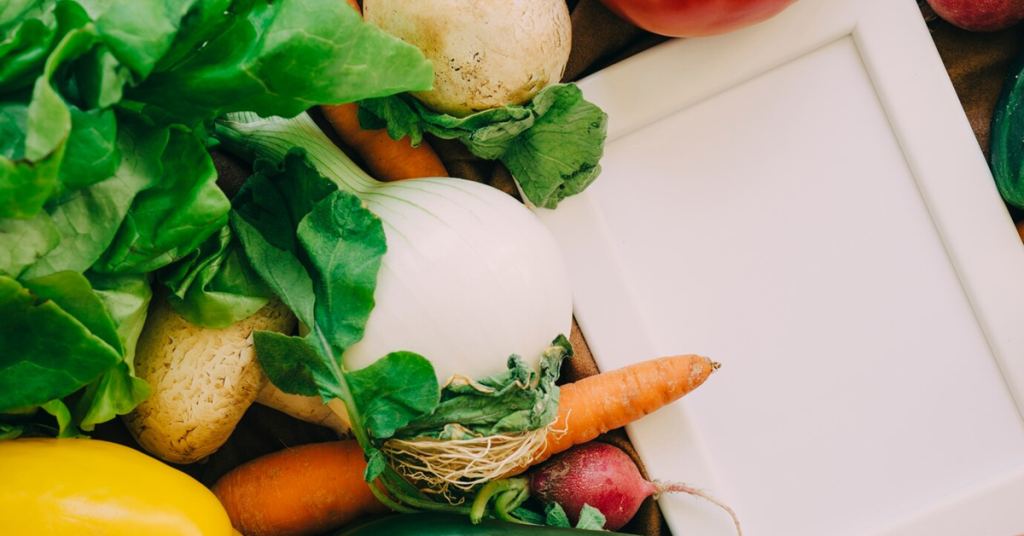
What Are The Benefits Of Organic Food?
Organic food offers numerous benefits. Here are some of the key benefits:
1. Safer for the environment
Organic food is environmentally friendly as no chemicals are used in the soil. This leads to an increase in soil fertility and reduces the risk of erosion. Pesticides or herbicides are also used, which reduces the chance of water pollution.
2. Higher nutrition content
Based on several studies, organic food is known to have more nutrients than non-organic food. For instance, organic food contains higher levels of minerals, vitamins and antioxidants such as vitamin C, magnesium, phosphorus and iron. These nutrients are essential to improve one’s overall well-being, reduce the risk of heart disease, and lower cholesterol levels.
3. Keeps animals healthier
Organic farming will help keep animals healthier as they are not fed antibiotics, steroids, hormones, or growth-related drugs. Most animals, such as chickens, are free-range and not confined within cages. With a well-kept and natural environment, it will provide a positive impact on the animals and reduce stress.
4. Fresher taste
Since organic foods are grown naturally, they will taste better as well. This is because the soil, free from harmful chemicals and pesticides, transfers extra flavour to the produce. Additionally, organic food doesn’t contain any preservatives. However, it also depends on the freshness and ripeness of the produce. But since organic food is usually sold fresh, they will taste better, too.
What Are The Main Differences Between Organic And Non-Organic Food?
Are there any differences between organic and non-organic food? Well, there are a few key differences, as mentioned below:
1. Use of pesticides
Non-organic food tends to use pesticides to prevent pests from eating the produce. However, this is bad for the soil and overall health of humans. Organic food doesn’t include pesticides, so you’ll notice signs of bugs, such as bites on the leafy vegetables.
2. Type of fertilisers
Organic food is grown with natural fertilisers from animal and plant materials. Non-organic foods will use chemical fertilisers made of rocks and minerals, reducing the soil quality in the long run. Chemical fertilisers will also seep into the groundwater through the soil, contaminating the water sources.
3. Overall cost
Organic food is typically more expensive than non-organic food. Organic farming requires more effort and environmentally friendly practices. On top of that, organic producers need to undergo a detailed certification process, which is expensive and time-consuming. Additionally, organic food has a shorter shelf-life and may require frequent transportation trips.
4. Injection of hormones
Non-organic food will have hormones injected into the animals to boost their growth and production. Thus, these hormones will be present in dairy and meat products. Oxytocin hormones improve the appearance of vegetables by making them look fresher.
5. Limited stock
As there are preservatives used on non-organic produce, they are generally available all year long. Organic food has a shorter shelf-life, making it hard to find in most shops. Organic food is also sold in organic-specific stores rather than the usual grocery or supermarkets.
Is Organic Food Healthier?
If you’re looking to follow a healthy diet, consuming organic food would be a good idea. Certain organic food such as quinoa and oats are gluten-free due to the absence of artificial additives. Besides that, they are suitable for vegans or those who are on a plant-based diet as it involves growing plant-based foods naturally. However, not all organic food are vegan – it’s best to check whether it contains animal products, such as dairy, eggs or meat.
Organic foods don’t contain refined sugar, as they are typically sweetened with natural additives such as molasses, maple syrup or honey. Thus, they are suitable for those who are looking to reduce their overall sugar intake.
Is Organic The Same As Natural?
No, organic is not the same as natural. If a product is labelled as ‘natural’, it is made with no artificial flavouring, colours or preservatives. Thus, it doesn’t refer to the materials or methods that were used to produce the food ingredients.
Try not to get mixed up with the labels ‘hormone-free’ or ‘free-range’ as the producers may not follow every guideline of the USDA organic certification.
Conclusion
To conclude, organic food is indeed beneficial for overall health. Not only can you save the environment, but you’ll also be on your way to living a healthier lifestyle. As long as you check the products and ensure they are appropriately organic-certified, you can adjust your daily diet by incorporating organic food.
